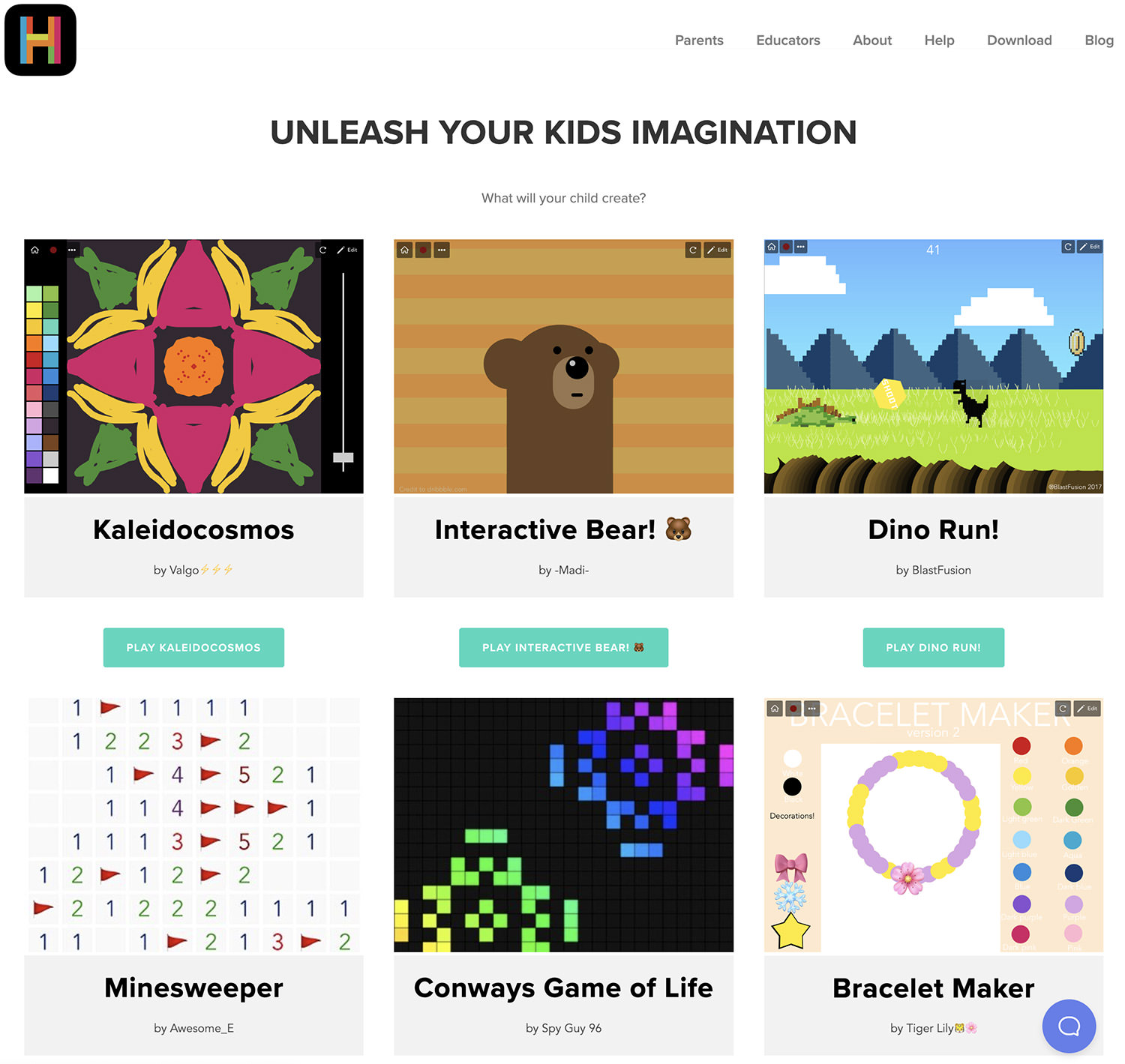10 Tools to Teach Kids Basics of Programming
We live in a digital era where gadgets from computers and smartphones to tablets have become an essential part of our lives. Even kids these days pick up an iPad and figure out apps like how a fish takes to water. With kids becoming more tech-savvy as time goes on, there’s no reason why they can’t learn the basics behind their favorite technology. That’s right; we’re saying there’s no reason why you can’t teach your kids programming from a young age.
This will not only develop the analytical programming skills of kids at an early age but will also help them get an idea of whether they want to become a programmer in the future. Here we’ve put together for you ten educational tools that can be used to teach and develop programming skills in kids. Most of the listed tools are based on a visual programming language with a drag-and-drop programming interface. These colorful and engaging tools will ultimately help build up your child’s programming skills.
Why Kids Should Learn to How to Code
Communicating well, especially in English, was once a symbol of good education and a must-have skill in the... Read more
Hopscotch

Hopscotch says that programming is designed for everyone. By using Hopscotch, you can teach the basics of programming to your kid easily. You can only download the Hopscotch app for free on the iPad.
Hopscotch allows your kids to develop their own games, stories, animations, and many other interactive programs by dragging and dropping blocks of code. One can shake, tilt, or even shout at the iPad to control the characters in the program.
Scratch

Scratch is a programing language and online community, which is developed and maintained by the Lifelong Kindergarten group at MIT Media Lab. Scratch is a free-to-use service, and it allows your kids to create their own animations, games, and stories.
Your kids can share their creations with others worldwide using the online community of Scratch.
Alice

Alice is a free-to-use 3D programming tool that allows one to create animations for telling a story, playing an interactive, or a video to share on the web. The main purpose of Alice is to give your kids basic exposure to object-oriented programming.
Using Alice, students will learn to create animated movies (containing people, animals, and vehicles) and simple video games.
Tynker

Tynker is an online programming learning system designed to motivate kids to translate their creative ideas into games, projects, and animated stories and circulate their apps on the web.
Tynker uses an easy visual programming language in which no programming syntax is required, but only blocks of codes are combined to create programs. There’s a fee for lifetime access, but they offer online self-paced courses, mobile puzzles, and summer camps as well.
Kodable

Kodable is a free to use programming app for iPad. The tagline, “Learn to code before you know how to read” is embodied through their method of learning programming through a fun game.
Kodable is specially designed for kids aged five years or above, so that they can learn programming by playing games with little instructions. Kodable has three levels of programming, including K-2nd grade, 3rd – 5th grade, and 6th – 12th grade.
Stencyl

Stencyl is fast, free, and convenient. It allows you to develop games by using a drag and drop (block-snapping) interface, and no coding is required at all.
If you do not want to use the block-snapping interface, then you can type in code as well. Stencyl has extensive platform support, and games developed on Stencyl can be played on Android, iOS, Windows, Mac, and Linux, too.
codeSpark Academy

Kids lead their coding journey with codeSpark Academy. The #1 learn-to-code app for kids ages 5-10 allows them to play fun, interactive puzzles or create and code their own stories and games.
In addition to being a go-to coding program for kids at home, codeSpark Academy is also available in public schools, libraries, and nonprofits, with a presence in more than 1/3 of the school districts in the United States.
With over 30 million kid coders and counting, codeSpark Academy is building the next generation of coders and creators, one game at a time.
RoboMind

RoboMind is a programming tool for kids which uses its own language called ROBO. It is a very simple language that does not require any previous knowledge of programming.
The main objective of RoboMind is to move a virtual robot on a two-dimensional grid and perform simple tasks. By using RoboMind, your kids can learn the basics of artificial intelligence and later on even use it on real robotic kits such as LEGO Mindstorms NXT 2.0. RoboMind gives a 30 day free trial of their tools.
Waterbear

Waterbear is a convenient and free-to-use programming toolkit for kids, which uses a drag-and-drop approach for programming purposes. Waterbear is a visual programming language, which means there is no need to learn syntax to start programming with it.
Kids can create a new file, look at examples of other creations and play around with the different features, among other things. There are even descriptions for each element that is easy to follow as well.